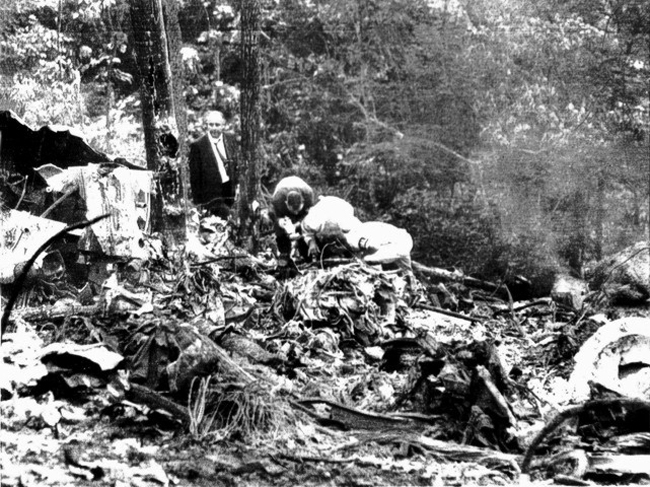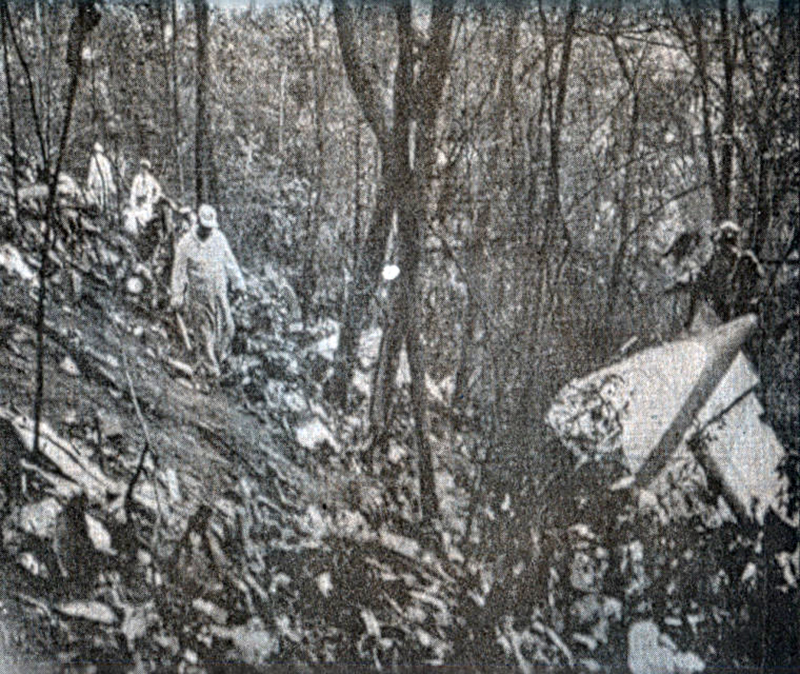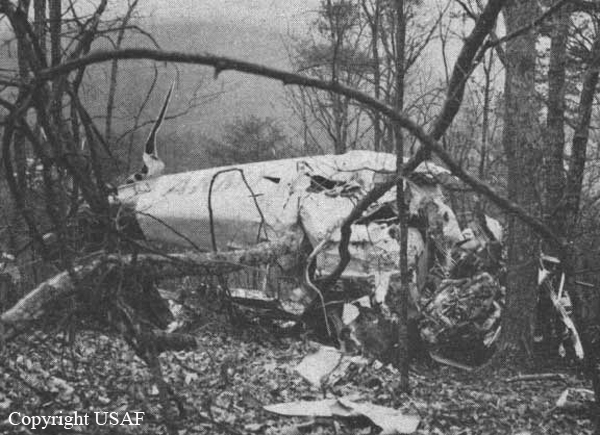Crash of a Rockwell Aero Commander 680 in Spring City: 1 killed
Date & Time:
Dec 2, 1966 at 1945 LT
Registration:
N6857S
Survivors:
No
Crew on board:
1
Crew fatalities:
Pax on board:
0
Pax fatalities:
Other fatalities:
Total fatalities:
1
Circumstances:
While in cruising altitude under IFR mode, the pilot encountered poor weather with icing conditions. The airplane entered an uncontrolled descent until it crashed in an open field located near Spring City. The pilot was killed and the aircraft was destroyed.
Probable cause:
The pilot continued IFR into area of knowing icing conditions with an aircraft that was not equipped with deicers or anti-icers systems.
Final Report:

















